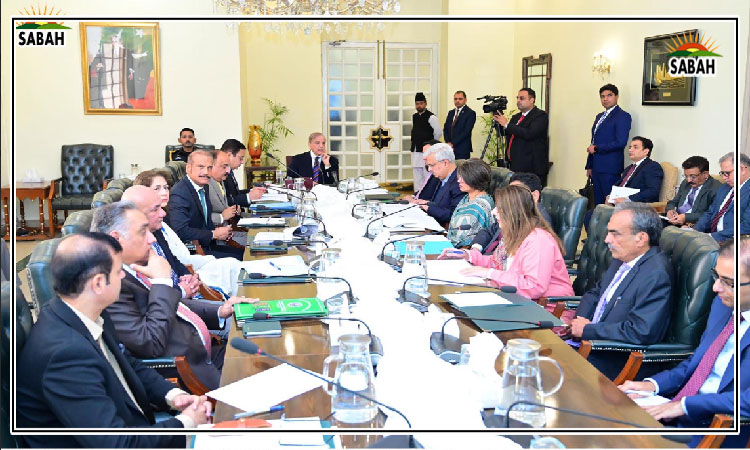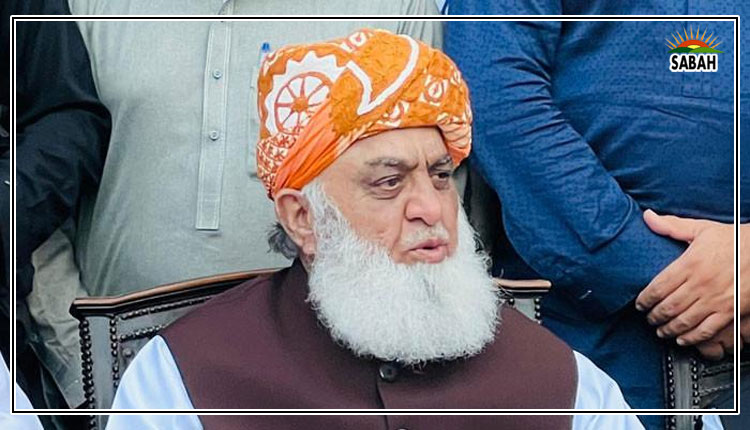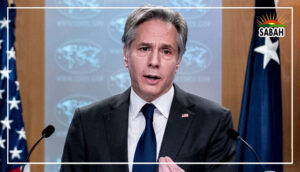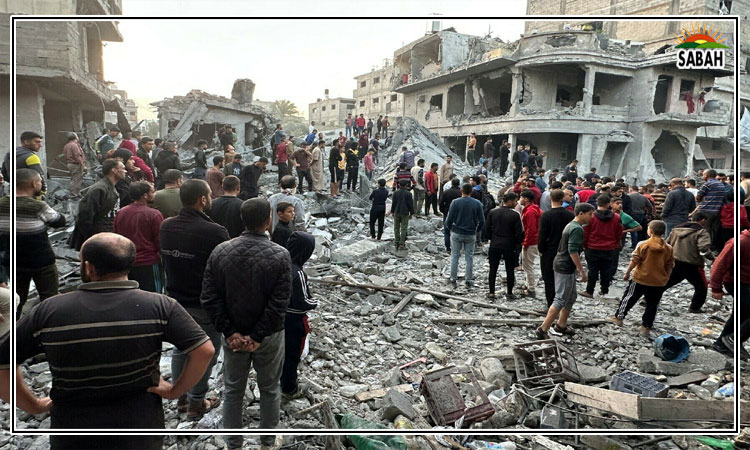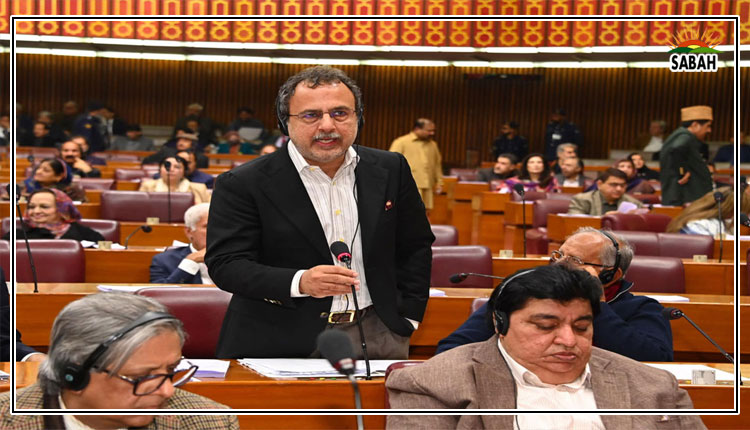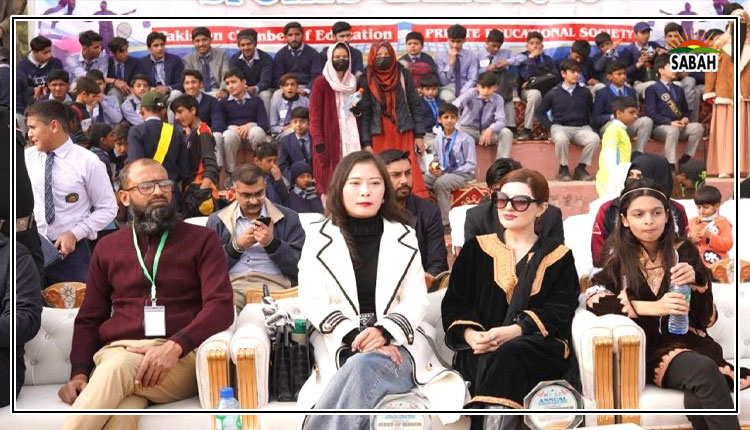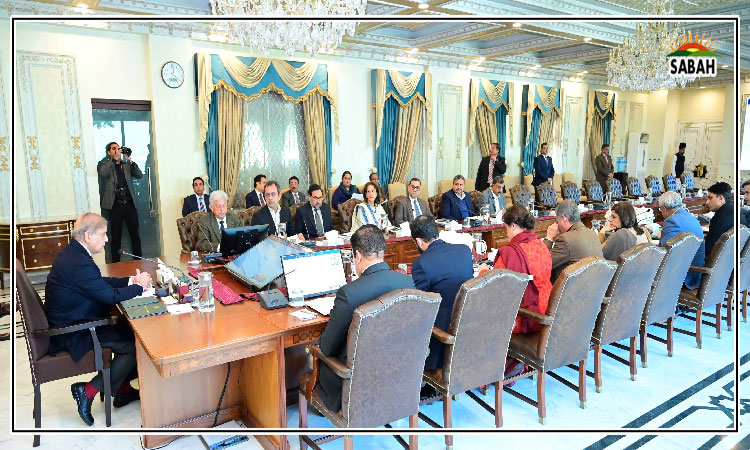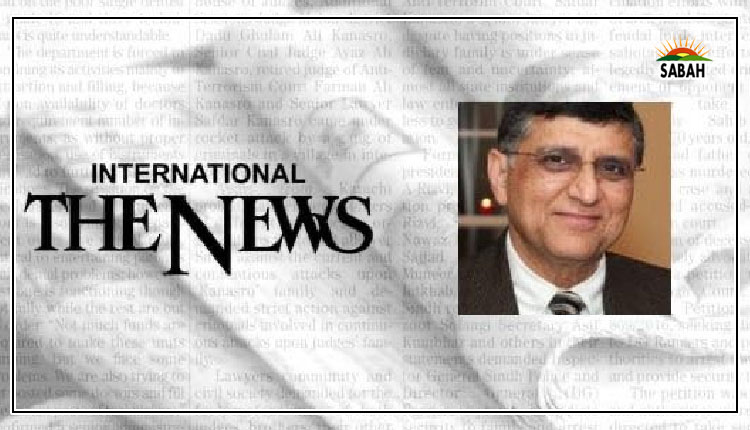A deep divide…S Qaisar Shareef
In recent years much has been written about the deep political divisions that exist in the US. Suspected causes range from changing demographics to proliferation of social media and along with it the rapid spread of opinions, some not backed up by facts, and lack of civil discourse.
Donald Trump, for example, to this day continues to assert he won the 2020 elections, and a majority of Republican voters continue to support his assertion.
The intensity of emotions behind each groups convictions has reached a point where having a civil dialogue about political and cultural issues has become near impossible. However, recently I ventured into such a discussion with an old friend who resides at a very different place than myself on the political spectrum.
After discussing various global and national political crises, we ventured into a hot button cultural issue: gun proliferation in the US. I am convinced lax gun laws greatly contribute to the out-of-control gun violence in the country. More than one mass shooting a day, according to the Gun Violence Archive.
My friend felt just the opposite. The country would be a safer place if everyone owned a gun for self-protection, he asserted. Schools where teachers are armed have not had a shooting incident; and that millions of gun owners are able to ward off an attacker each year, thus testifying to the importance of guns in self-defence, were some of his arguments.
Of course, each of these could be countered with the opposite opinion after all, most schools where teachers are not armed also did not have a shooting incident. Is it really sensible to train already overworked school teachers in handling a gun? Should a normal, civilized society need to hold active shooter drills in elementary schools? And when that becomes necessary, is that normal?
We had a spirited discussion at the end of which we continue to remain good friends.
Another contributor to polarization is the urban-rural chasm in America. According to the most recent census of the US population, 80 per cent of the countrys population lives in urban areas, which comprise only 3. 0 per cent of the land mass of the country. Urban areas are more likely to vote Democrat while rural areas vote mostly Republican. A map of the country where each county is coloured red or blue showing political preference would show a sea of red Republican even though Democratic candidates have received more votes in the past several elections.
Citizens living in rural areas of a state often feel disempowered by the actions of urban citizens who may comprise a majority. Electoral laws recognize the right of people and not landmasses to vote. To some extent there has been an effort to balance this out by allocating two Senate seats to each state regardless of population. What else can or should be done to give a greater voice to the rural population, without severely distorting the fundamentals of democracy?
The 2016 elections presented an interesting picture of the urban rural divide. While Trump won the election based on the Electoral College system of the US, Clinton actually received three million more votes than the winner. Also interesting, of the 3142 counties in the country, Trump won 2626, while Clinton won only 487 counties. A further statistic brings even sharper focus to the big urban-rural divide. According to the Brookings Institution, the 487 counties won by Clinton accounted for 64 per cent of total US GDP.
These trends point to the severe divergence taking place in US demographics and associated political and social attitudes. On the right there is a clamouring for a bygone era which in their perception was great. On the left is a push to move the country in the direction of greater social permissiveness, and with a social and economic system with greater interdependency.
Sadly, in recent years attitudes on both sides appear to be hardening further. There is a need for empathy on both sides. For that to happen, we have to start with some shared principles. It was believed that the US constitution would provide a good starting place.
Unfortunately, in the discussion with my friend, we could not agree on what is actually meant by the one sentence that comprises the entirety of the Second Amendment to the constitution and which defines the right to gun ownership.
Courtesy The News



